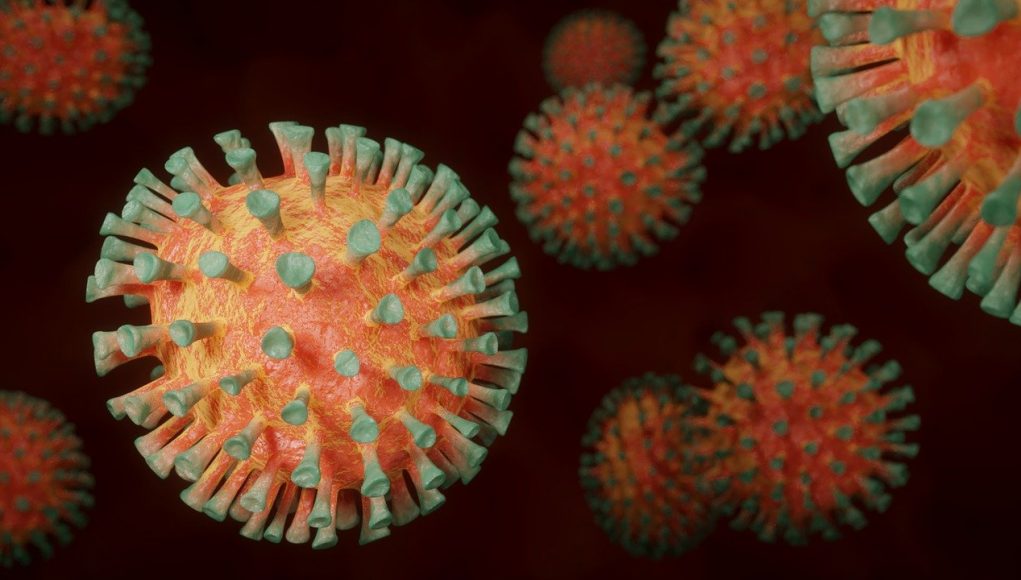The study titled, Combustible and electronic cigarette exposures increase ace2 activity and SARS-CoV-2 spike binding, tested the hypothesis that the use of combustible tobacco and non-combustible nicotine products, could affect ACE2 activity and subsequent SARS-CoV-2 infection.
The research team found that sACE2 activity was significantly higher in bronchoalveolar lavage fluid from both smokers and vapers compared to non-smokers of the same age. Exposure to cigarette smoke led to increased ACE2 levels, mACE2 activity, and sACE2 in primary bronchial epithelial cultures. “Finally, treatment with either cigarette smoke condensate or JUUL e-liquid increased infections with a spike-coated SARS-CoV-2 pseudovirus,” read the study Abstract.
Different findings
On the other hand expanding on a previous publication, another recent study looking into the relationship between smoking prevalence among hospitalized COVID-19 patients, and the severity and mortality rate of the disease, found no such significant association.
The latter study sought to expand on a previous analysis by calculating the prevalence odds ratio (POR) of smoking among hospitalized COVID-19 patients, while the association between smoking and disease severity and mortality was examined by random-effects meta-analyses.
Nicotine as a protective factor
A total of 7162 patients participated in the research, with 482 being smokers. In line with the findings by the original study, no statistically significant association was found between smoking and COVID-related mortality rates.
“An unusually low prevalence of smoking, approximately 1/4th the expected prevalence, was observed among hospitalized COVID-19 patients. Any association between smoking and COVID-19 severity cannot be generalized but should refer to the seemingly low proportion of smokers who develop severe COVID-19 that requires hospitalization,” concluded the study.












